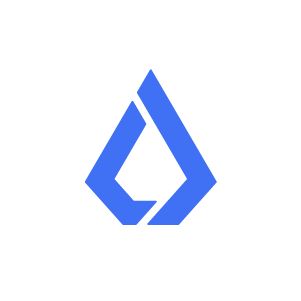An Intro to the Decentralized Organization Chain
by
May 23rd, 2021

We empower developers with a software development kit for blockchain applications written in JavaScript.
About Author
We empower developers with a software development kit for blockchain applications written in JavaScript.